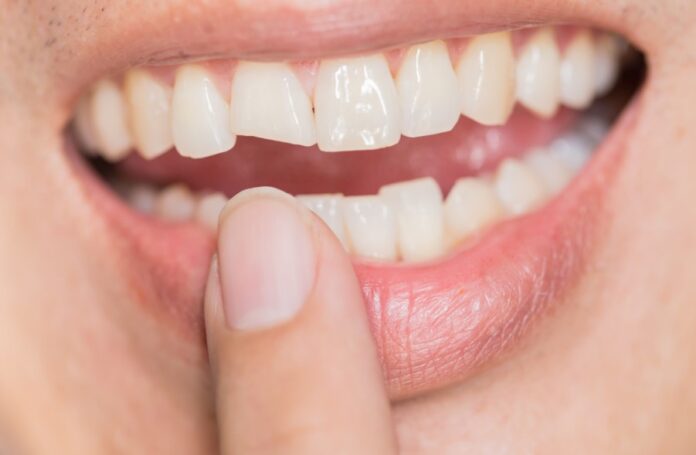Did you know about 1 in 4 American adults have at least one tooth cavity? A beautiful smile is something everyone wants, but a toothache can make having one a painful ordeal.
Our teeth are harder than human bones. But when the structure of your teeth is compromised, your dentist may need to start repairing your teeth immediately. If you wait too long, it could cause more significant dental issues.
Read on to learn the steps of tooth restoration and which one is right for you.
1. Dental Fillings
Dental fillings are a type of tooth restoration used to restore a damaged or decayed tooth to its previous state. Fillings are typically made of composite or porcelain materials to ensure that they match the color of the adjacent teeth.
The process removes decay or damage from the tooth, cleans the area, and fills the space. Fillings can also close gaps between the teeth and even out the teeth’ shape.
2. Porcelain Crowns and Bridges
Crowns are caps that fit over an existing tooth structure to restore its shape and protect it from further damage. Bridges are false teeth placed in gaps left by missing teeth and are held in place by crowns.
To provide even better protection and a more natural look, crowns also come with a layer of tooth-colored, durable ceramic material. Porcelain crowns and bridges are not only aesthetic solutions but are also designed to preserve the overall integrity of the bite, making them both a functional and cosmetic option.
3. Veneers and Dentures
Veneers are thin, custom-made shells of tooth-colored materials designed to cover the front side of teeth to improve appearance. In most cases, porcelain veneers are chosen for a natural, bright white smile. Patients with minor chips, gaps, or discoloration may be recommended to get veneers.
Dentures are sets of replacement teeth secured to a plastic or metal frame. It is used by patients with a missing tooth or when many teeth need to be replaced. Dentures are more economical because they are less costly than permanent options.
4. Inlays and Onlays
An inlay lies within the cusp (edges) of the tooth and is bonded directly to the tooth surface. This type of restoration is usually made from composite resin, gold, or porcelain and is very durable and aesthetically pleasing.
Onlays are larger and cover one or more of the tooth’s cusps and some of the surrounding tooth, as needed. These restorations also have a long lifespan and a natural look and are often called “partial crowns.”
5. Dental Implants and Root Canals
Dental implants involve surgically placing a metal or ceramic post in the jawbone and anchoring an artificial tooth to the post. Root canals are another type of tooth restoration. They’re designed to repair severely infected or dead teeth.
During a root canal, the dentist will remove the soft inside of the tooth, known as the pulp. The dentist will fill it with a particular material called gutta-percha to prevent the infection from spreading further.
So, be sure to ask clinics for a successful restorative experience with all on 4 dental implants.
Learn the Best Types of Tooth Restoration Today
Learning the types of tooth restoration is important for dental professionals and patients to ensure the best possible outcome from the treatment. Through dental restoration, individuals can achieve a healthy, beautiful smile.
Many types of procedures may be suitable for you, such as crowns, veneers, and bridges. Speak with your dentist today to see which treatment option is best.
Want to learn more? Check out our website for the latest tips and insights for all your needs!










